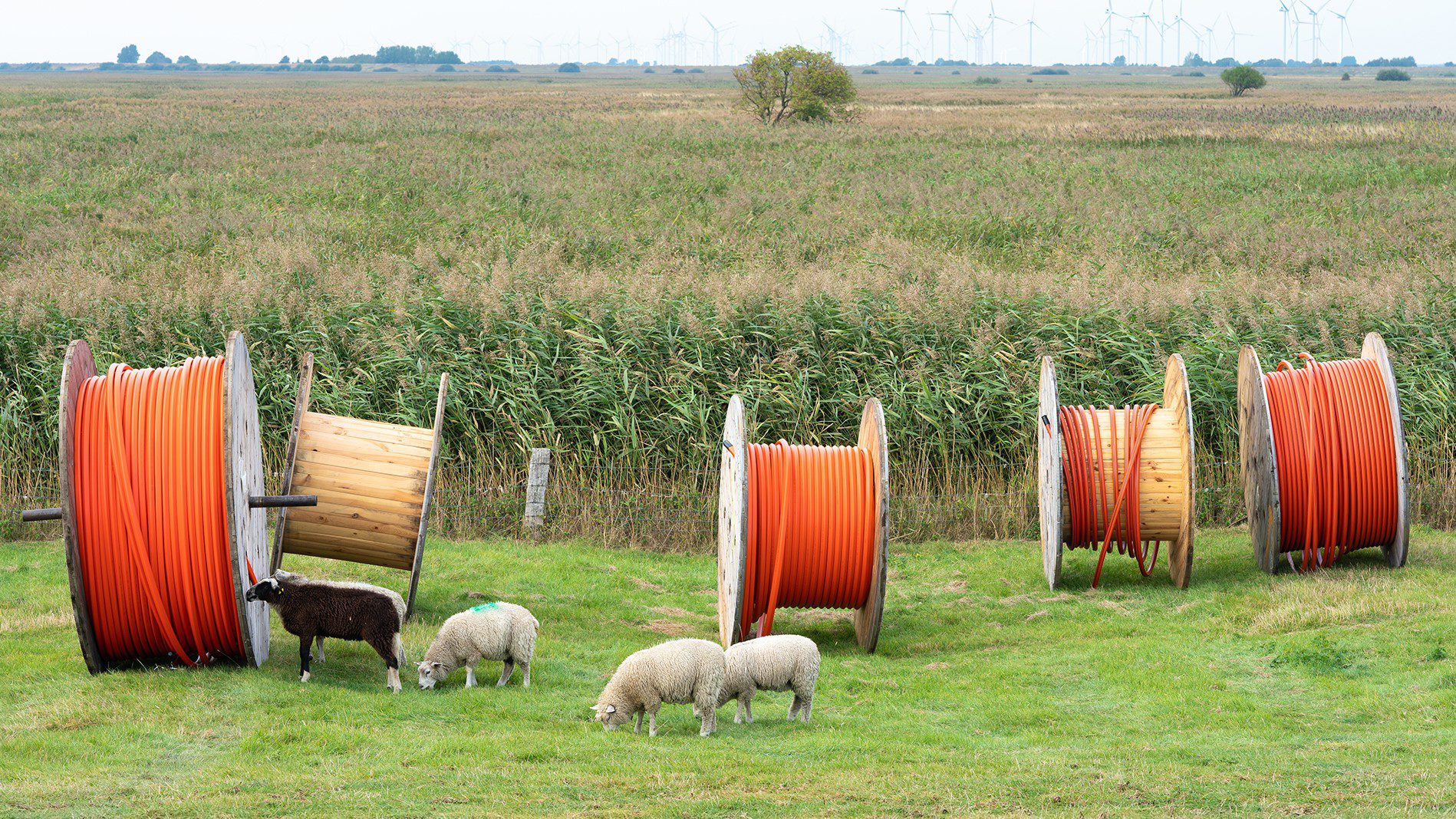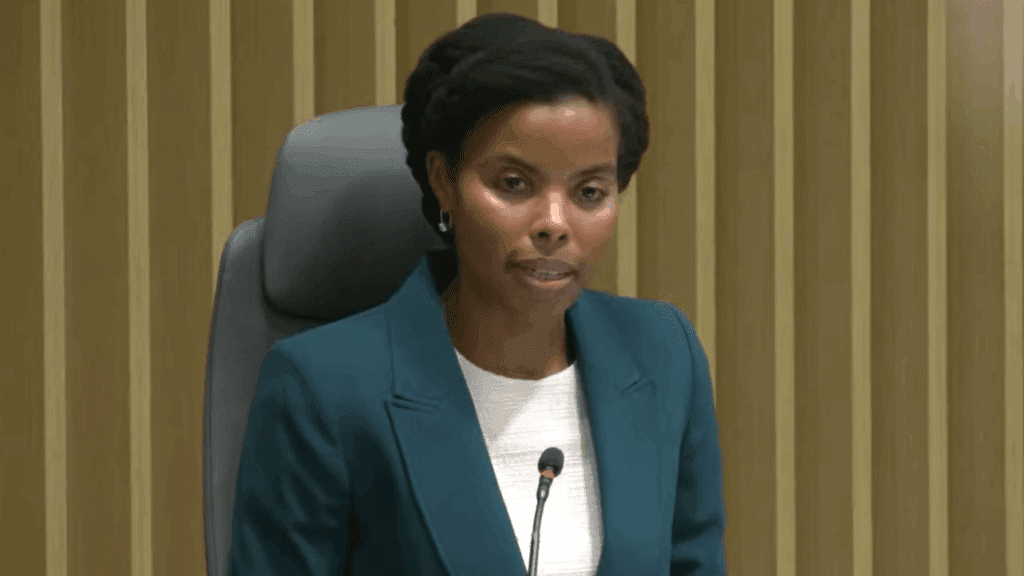FCC Launches Effort to Upgrade Rural Telco Internet Connections
Randy Sukow
|

The FCC yesterday took several steps to rework its Alternative Connect America Cost Model (A-CAM) for distributing universal service support to rural telephone companies. Among other requirements, telcos accepting USF support will have to provide internet service with speeds of at least 100 Mbps downstream and 20 Mbps upstream. The full commission voted on a draft order Chairwoman Jessica Rosenworcel circulated in June.
“We’re on a mission to connect everyone, everywhere in this country to high-speed broadband. That includes access in rural areas where the cost to build networks can be steep, often leaving families in these areas on the wrong side of the digital divide,” Rosenworcel said in a statement. “To meet the needs of consumers today and into the future, we’re optimizing the Commission’s programs to bring higher speeds and greater bandwidth to consumers, particularly those living in hard-to-reach areas.”
The Commission adopted a Report & Order based on a year-old rulemaking seeking ways to improve the efficiency of the high-cost program. A-CAM carriers currently serve 2,666,107 homes and businesses, the FCC says. Under the new “Enhanced A-CAM,” those carriers must provide a minimum of 100/20 to 100 percent of those locations by Dec. 31, 2028. In the interim, carriers must meet two milestone deadlines: 50 percent coverage by Dec. 31, 2026, and 75 percent by Dec. 31, 2027. Failure to meet the interim deadlines would result in withholding of support, like the system already in place for A-CAM.
The FCC intends for the Enhanced A-CAM deadlines to align with the Broadband Equity, Access, and Deployment (BEAD) Program timeline. The Biden Administration, which recently announced the allotments of more than $40 billion in BEAD funds to the states, has set a goal of providing all homes nationwide with 100/20 service by 2030.
Setting a roughly equivalent timeline for USF recipients, the FCC said it seeks to prevent providers from “gaming” the system by delaying the BEAD process. “In adopting this program, we intend to maximize the effect of federal dollars to bring broadband to high-cost areas, consistent with our universal service goals,” the order says.
The FCC also is trying to head off BEAD funding of broadband overbuilds in A-CAM areas. “We are not convinced that it would be more efficient for another program to overbuild these areas by funding competitive carriers to deploy new networks, particularly when we have already committed years of long-term universal service support to these areas,” according to the order.
However, the order recognizes that maintaining a parallel timeline with BEAD could be difficult as conditions will be different in the various states and territories. The Commission held open the possibility of modifying the Enhanced A-CAM timeline if NTIA, the federal administrator of the BEAD program, makes changes to its timeline.
Rural telcos fall into two categories – those receiving support through A-CAM and those that have opted to receive support through the legacy rate-of-return (RoR) mechanism. Along with the order, the FCC also adopted a Notice of Proposed Rulemaking that will examine allowing RoR carriers to continue collecting universal service funding while also attracting funds from other federal and state broadband programs. Other reforms, the FCC says, could “guide support for carriers that remain subject to legacy mechanisms during this next phase of broadband deployment.”
For example, NTCA-The Rural Broadband Association has proposed a system where additional funding for RoR carriers could flow from savings on Enhanced A-CAM payments, which would wind down after six years under the current timeline. The NTCA plan would require a series of adjustments to existing USF “budget control mechanisms” over years. The rulemaking acknowledges that there could be “deployment obligations for locations that remain unserved after the BEAD Program process.”
Finally, in the same document, the FCC adopted a Notice of Inquiry to formally set the definition of fixed broadband service to 100/20 and begin planning the long-term future of the universal service high-cost program. The universal service program traditionally has concentrated on access to “full-service networks.” The FCC asks how it should define full-service networks in the future. The demands on telcos to provide internet to homes and businesses, as well as the length of time it will take to extend networks to new locations, is changing. In addition, it may be necessary to write separate definitions of full-service networks in extremely remote regions, such as Alaska.
NTCA CEO Shirley Bloomfield warned that establishing affordable broadband service for all rural consumers will be complex and time-consuming. “Nonetheless, today’s order and related notices represent a significant step in the debate over how to further the comprehensive mission of universal service,” she said. “We look forward now to conversations about the implementation of this order as well as next steps on universal service in other rural areas, and we hope that the equally important statutory universal service goals of both getting and keeping customers connected will remain the North Star for all such discussions.”
Update, Aug. 31: To follow up on its July order establishing Enhanced A-CAM and to increase minimum broadband speeds for eligibility, the Commission has released a revised version of the cost model. It adopted the new order “to establish: (1) the specific parameters for determining Enhanced A-CAM support offers; (2) a methodology for adjusting support when updated deployment obligations increase or reduce the number of locations a carrier is obligated to deploy to; and (3) further details regarding Enhanced A-CAM carriers’ performance measures testing requirements.” In a separate Public Notice, the Commission gives carriers until Sept. 29 to elect whether to receive support through Enhanced A-CAM.


